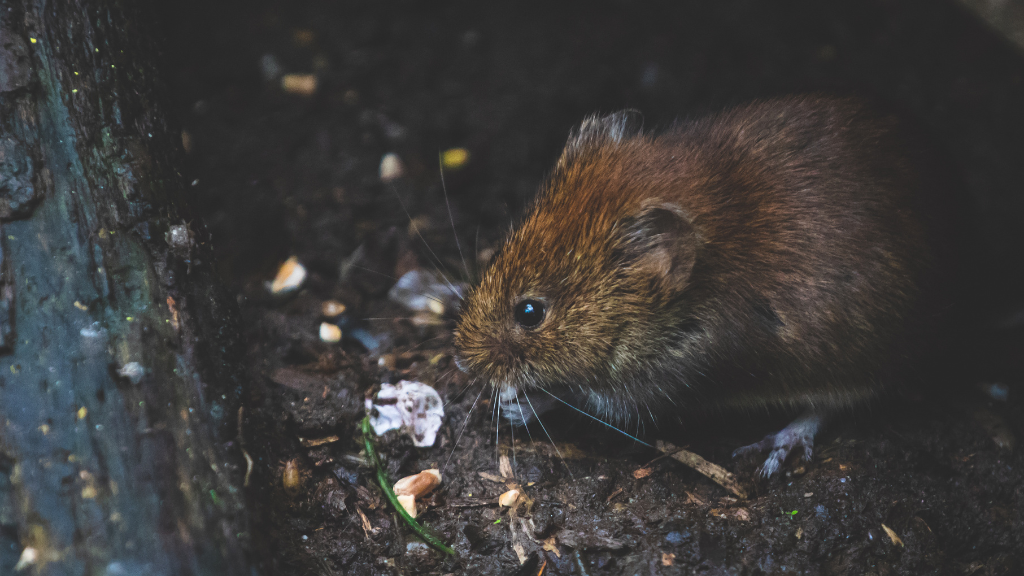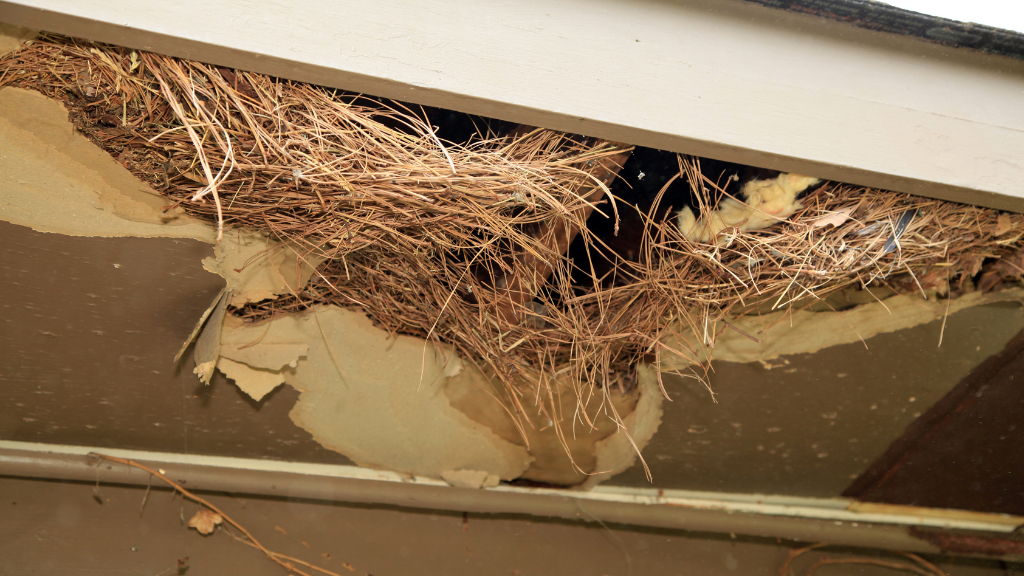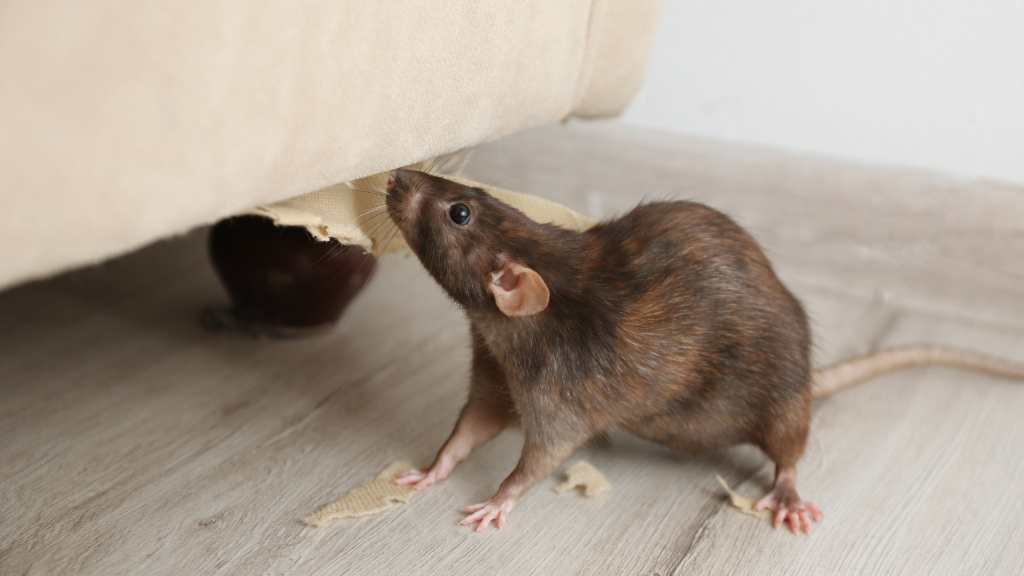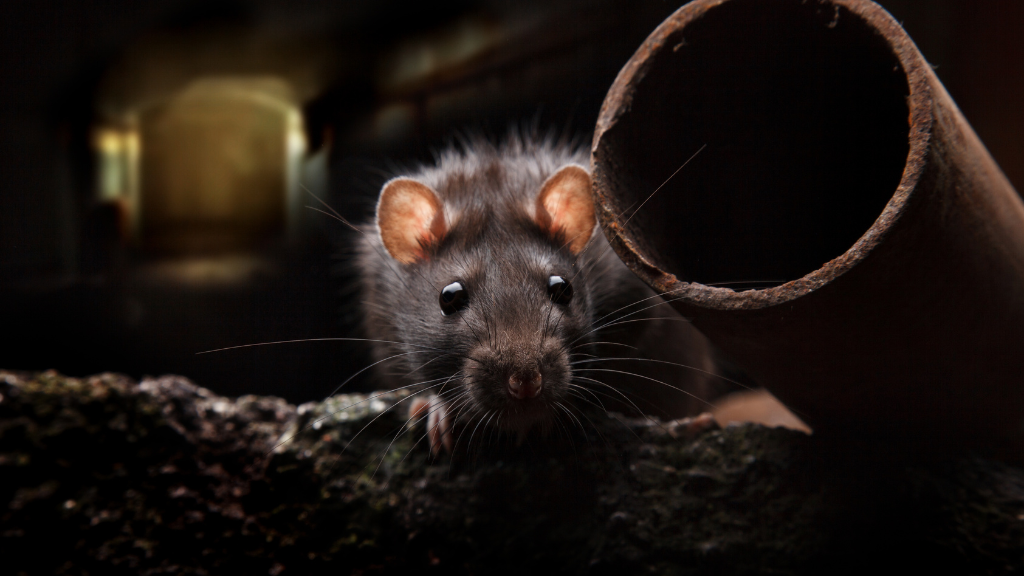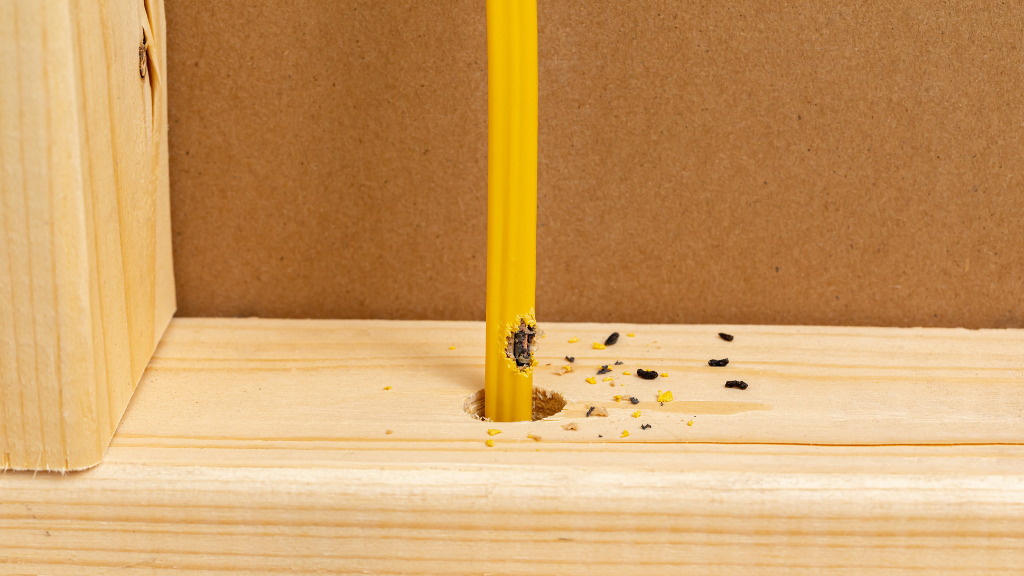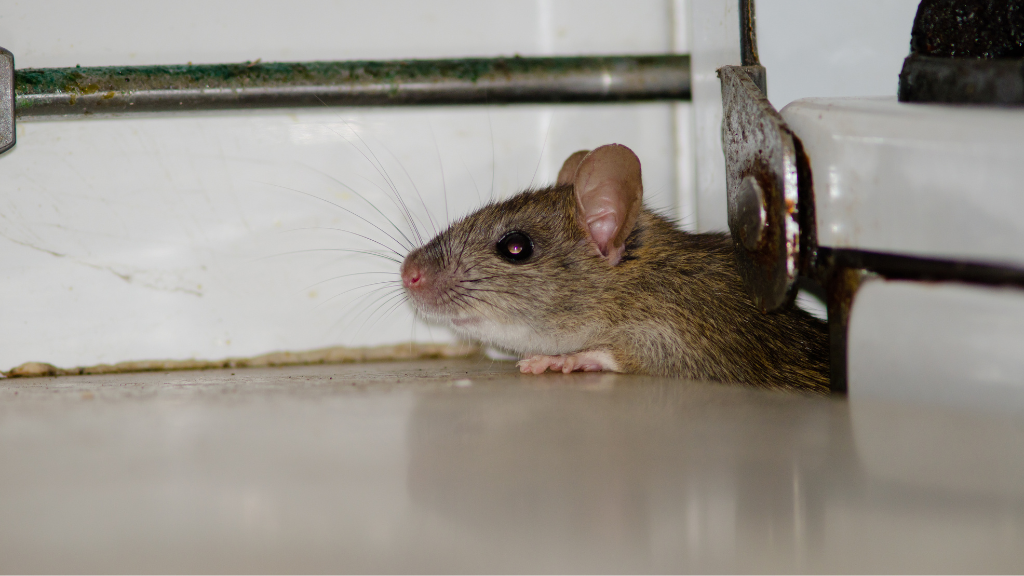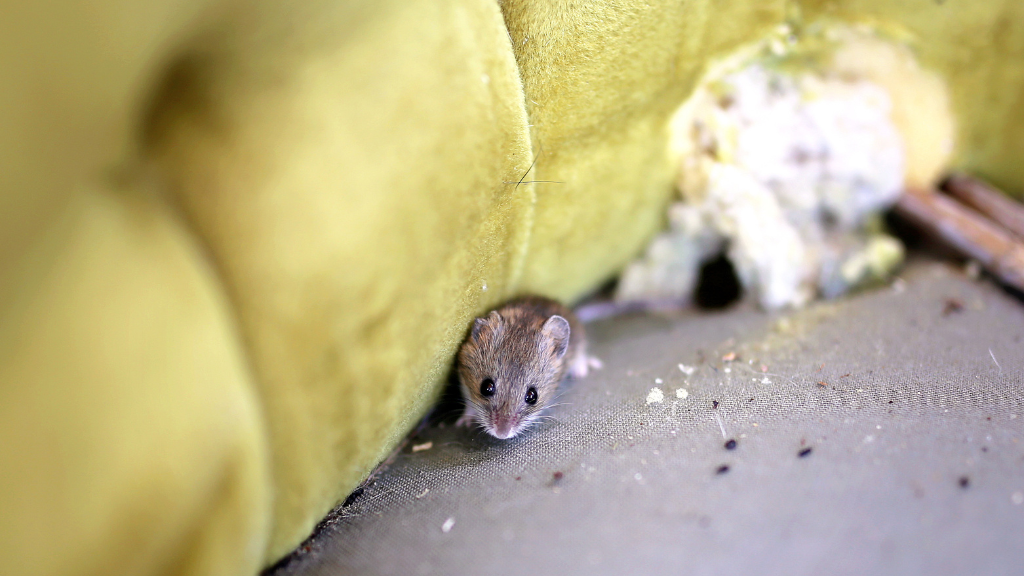Are These Signs of a Rodent Infestation?
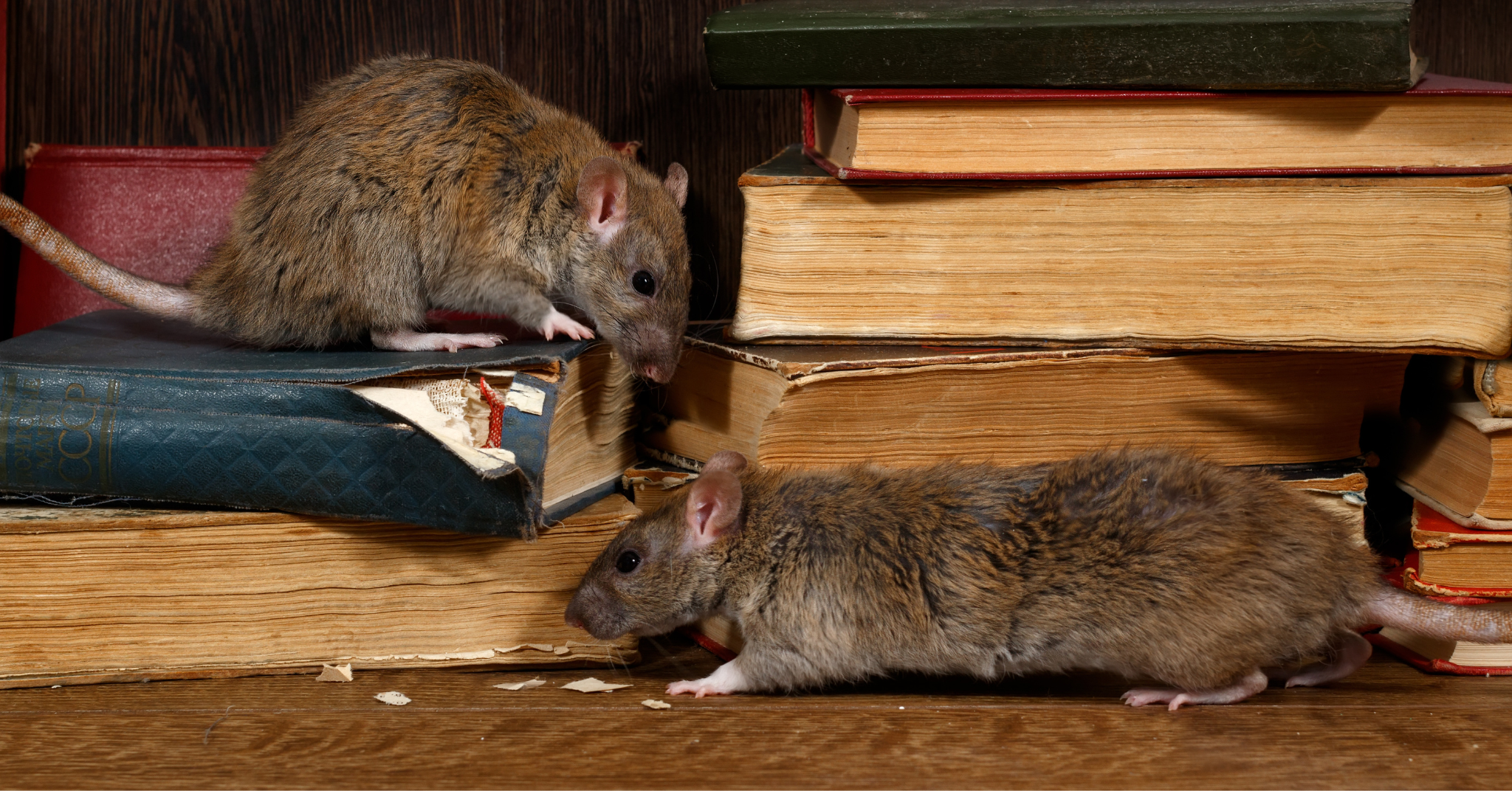
Rodents are persistent, resilient pests who usually nest nearby long before you spot one darting across the floor. Fortunately, mice and rats begin leaving clues of their activity fairly soon upon taking up residence in unwanted locations. Accurately detecting signs of a rodent infestation is the first step in getting rid of these invaders quickly.
WHY IT’S CRUCIAL TO GET RID OF RATS AND MICE RIGHT AWAY
Few pests have had as adverse a relationship with humans over the course of time as mice and rats. These rodents are responsible for spreading numerous diseases worldwide (including hantavirus, monkeypox, salmonellosis, and plague), both through direct and indirect contact. Even breathing the same air as a contaminated rodent can spread disease to humans.
Rats and mice can cause other problems as well, including damage to your home. As with all rodents, their incisors grow continuously throughout their life, so they must chew and gnaw constantly to file down these teeth. This can mean bad news for your home’s walls, baseboards, plumbing, and wires as they will chew indiscriminately on these items, creating both damage and safety hazards.
An unchecked population of these pesky creatures can really cost you. Where there’s one rodent, there are often more lurking nearby. Rats and mice breed at a startling rate, which means a small issue can quickly turn into a larger infestation if not addressed quickly.
HOW TO IDENTIFY A RODENT INFESTATION
LOOK FOR SIGNS OF NESTING
Rodents are unlikely to nest in plain sight. A little investigation, best aided by a flashlight, can lead you in the direction of potential rodent dens. Mice typically nest in enclosed, secluded spaces. Rats prefer undisturbed locations, too, but may settle either below ground or higher up in attics. When hunting for nests, look for an accumulation of soft materials such as shredded paper, tissues, batting, or even plant matter tucked away in these sites.
NOTICE GNAWING
What appears to be small scratches or marks on baseboards, corners, cabinets, or walls may actually be a sign of a few unwelcome rodents. Mice and rats not only chew incessantly to keep the length of their teeth down, but they also chew through smaller holes to create larger trails, tunnels, and passages as they navigate around your home. Don’t discount peculiar marks on food packaging either. Gnawed cardboard and chewed bags often indicate your pantry has been raided by one or more hungry rodents.
LISTEN FOR SOUNDS
Rodents are nocturnal animals and will do most of their moving and foraging in the dark when many common predators or perceived dangers are likely asleep. That’s when you’re most likely to hear their scratching, shuffling, and squeaking noises during the night. If mice and rats aren’t scampering in the open, you may hear scraping or high-pitched sounds in your walls or up in the attic.
KEEP AN EYE OUT FOR DROPPINGS
One of the surest signs of a rodent infestation is also one of the most unpleasant. A collection of rodent droppings is often discovered uncomfortably close to their preferred foraging sites. At first glance, droppings resemble small, black grains of rice.
Curious to know which rodent is responsible? Mouse droppings are smaller and have pointed ends. Rats, on the other hand, leave behind larger, pellet-like feces with blunted ends. Dull-sheened droppings have probably been there for a while, but a shinier appearance indicates recent rodent activity.
DON’T OVERLOOK SMUDGES
If you’ve noticed an excess of dark, dirty streaks on the walls near the floor, take a closer look. Because of their poor eyesight, rodents rely on familiar, frequently traveled paths and rarely voyage elsewhere. This repeated back-and-forth traffic results in telltale marks of oil, grease, and dirt smeared along walls, baseboards, and other surfaces. Some of these streaks may be concealed within cabinets, behind appliances, or underneath furniture as well.
OBSERVE CHANGES IN ODORS
Mice and rats are notoriously unhygienic, a fact that quickly becomes evident when foul smells emerge with their presence. At best, you may detect stale or rotten smells coming from hidden areas due to uneaten food, feces, or strong-smelling urine. At worst, deceased rodents in hidden areas will emit a strong, sulfuric, highly rotten smell.
PAY ATTENTION TO YOUR PET
Fido’s new fixation on the pantry might mean more than just an increased appetite. Our pets often sense rodents long before we do. Take note of any atypical pet behavior such as pacing, pawing at the walls, and barking, meowing, or hissing at specific areas. And if your pet’s food bowl shows signs of having food taken from it, that could also indicate the presence of rodents or other pests helping themselves.
Discovering that your home has been hosting a brood of rodents is always bad news, but early intervention can prevent a small problem from becoming a larger, less manageable one down the road. For assistance with investigating and identifying potential rodent problems, contact the experts at Moxie Pest Control. Our pest control professionals are equipped with the knowledge, skills, and tools needed to secure your home from current infestations and prevent future ones as well.
SOURCES
https://www.epa.gov/rodenticides/identify-and-prevent-rodent-infestations
https://www.cdc.gov/rodents/prevent_infestations/seal_up.html
https://www.cdc.gov/rodents/diseases/direct.html
http://www.sternenvironmental.com/mouse-rat/mice.php
https://www.diffen.com/difference/Mouse_vs_Rat
https://www.in.gov/isdh/23256.htm
https://www.canr.msu.edu/ipm/uploads/files/Community_and_Schools_PDFs/rodentfs.pdf

